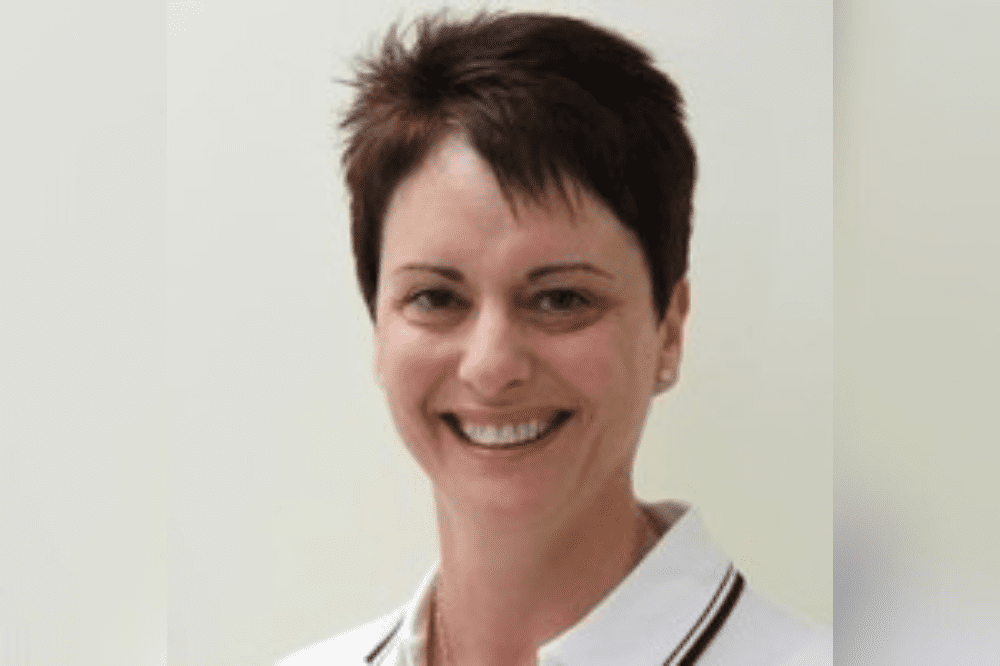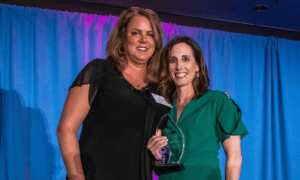Property claims loss adjusting: What are the big challenges?

“Unfortunately, that has resulted in a backlog of claims and it’s taking longer to work through them than anyone would have liked; that’s not a challenge that’s unique to Crawford but one that is facing the entire industry,” said Abel, who recently started in her Crawford role and brings wide experience including 10 years as national claims manager for Westpac General Insurance.
In recent weeks, apart from Abel, her firm has added other new people to its loss adjusting teams across the country. Days into her new job, Abel agreed to talk to Insurance Business about how she sees the challenges facing the property claims space.
One of things that’s impressed her about her new employer is how Crawford managed to keep its doors open to insurers during the early stages of the recent floods.
Read next: Crawford boosts specialty loss adjusting expertise
“There were many other claims management providers who simply closed their doors and said: ‘we’re at capacity, we’re not taking on any more work’,” she said. “The trouble with that approach, if all claims businesses went that route, is that there’s nowhere for insurers to go.”
Abel said “mature and sensible” conversations with insurer clients have been necessary to create a mutual understanding about realistic possible speeds for resolving thousands of flood claims.
“It’s been a very collaborative approach to work together to do the best we can under extraordinary circumstances,” said Abel.
She started work at her new firm in late July and was spending a lot of time learning and getting to know the business.
“It’s important that I first understand what I’m working with in terms of systems and processes, as well as “unwritten” ways of working,” she said. “Then part of my remit is looking at how we can improve our processes to be even more customer centric while enhancing workflows to make the day-to-day handling of claims more streamlined for my team members because that can only result in better customer experiences and better employee experiences for that matter.”
Abel described her role as involving “many moving parts.”
“I manage the Sydney team of claims adjusters who do loss adjusting from the desk virtually and also another team who go out on the road across the greater Sydney area to physically see the damage associated with claims,” she said.
The operations manager said her focus is driving her team to achieve efficient and swift claim closure.
“Which is another way of saying we make sure policyholders’ claims are dealt with as quickly as humanly possible and they get the necessary repairs carried out in a timely manner,” she said.
Read next: Brisbane and Lismore: A loss adjuster at the flood frontline
One of the challenges facing loss adjusters – and the entire insurance industry – is a shortage of talent.
“Crawford has brought on huge volumes of people this year to help move through the CAT claims, but it’s been a struggle finding people,” said Abel. “There are just so many job vacancies across the country and not enough people to fill them!”
Abel said the other issue is retaining people, especially through the intense and demanding work of CAT events.
“As a business, we need to ensure we support our people through these intense times like CAT events and generally take care of them,” she said. “A focus on employee engagement is critical and Crawford is really serious about that from what I can see so far.”
Another big issue impacting the property claims space, she said, is the pressure on supply chains that has also resulted in very big cost increases.
“In claims management we are assessing the damage and then arranging necessary repairs,” she said. “But we’ve got a situation where building materials are running short, the cost of materials has skyrocketed and the building industry also has a skills shortage.”
She said repairs are taking longer and costing more, which is challenging to manage.
“My team is on the frontline speaking with policyholders every day who understandably want the damage to their home fixed and they want it done yesterday – I would too if I was in their shoes!” she said.
Abel said it’s tough telling people they have to wait but there is no other option because there is no way to get repairs done any quicker.
During more than two decades in the industry, she said, one of the most significant changes is the automation including insurer portals and apps for all parts of the supply chain. This in turn has considerably raised the expectations of policyholders.
“The expectations of our clients and their customers who are the policyholders that we deal with on a day-to-day basis are at an all-time high,” said Abel. “We can use technology to streamline and simplify the claims process to strive to meet customers’ expectations and I would suggest that Crawford is at the forefront of that.”
As a newbie at Crawford she’s impressed by the structured training and competencies that are a requirement before you can move to different areas on a team.
“Crawford has a great graduate program and the exposure those young people get to the business overall is a fantastic foundation with which to build and grow their claims management career,” she said.
Abel has also found senior management, including the President Tim Jarman, very accessible.
“I think that’s important for employee engagement,” she said. “Overall, I would say the collegiality of the team at all levels of the business has really impressed me including the sharing of knowledge, keeping a look out for each other, feeling safe and supported.”


